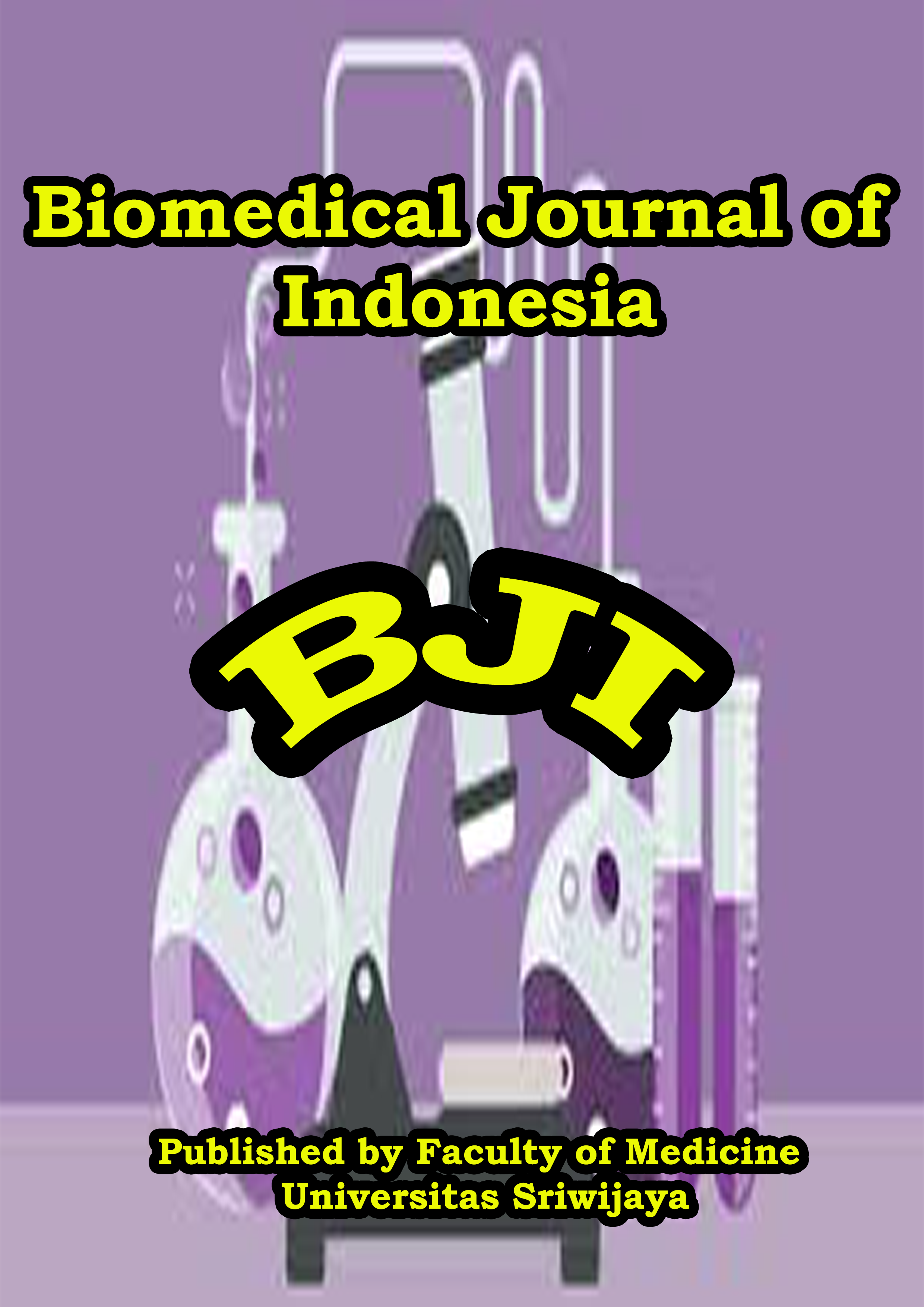Supplement Consumption and Facial Care Products on Acne Vulgaris: A Cross-Sectional Study Among Medical Students
Main Article Content
Introduction. Signs of acne vulgaris, a condition of widespread inflammation in pilosebaceous units, include blackheads, papules, pustules, and nodules. Acne vulgaris affects 85% of teenagers and young adults between the ages of 12 and 15. Acne vulgaris is primarily caused by hyperkeratinization of the pilosebaceous ducts, inflammation, mycobacterial infection, and excessive sebum production. The term dysseborrhea refers to the changes in sebum levels that happen during puberty, both in terms of quantity and quality. Apart from exogenous factors such as cosmetics and comedogenic medications, endogenous elements such as hormones and genetics can also contribute to the issue. The aim of this study is to investigate the relationship between the use of face care products and supplementation and the incidence of acne vulgaris in medical students at the University of Muhammadiyah Makassar (Unismuh). Methods. For the study, a cross-sectional technique was used. The sample method used is simple random sampling. A sixteen-item questionnaire was used to gather data, which the Chi-Square test was then used to analyze. Results. The analysis yielded two significant results, a value of p=0.552 (p>0.05) showed no significant correlation between the incidence of acne vulgaris and the use of face products, and a value of p=0.132 (p>0.05) showed no significant correlation between the incidence of acne vulgaris and consumption of supplements. Conclusion. There is no correlation between consuming vitamins and using face care products to stop pupils from getting acne vulgaris.
2. Dréno B. Keratolytic Treatment of Acne. In: Textbook of Cosmetic Dermatology. 5th ed. CRC Press; 2017.
3. Suh DH, Oh H, Lee SJ, Kim HJ, Ryu HJ. Relationship between acne and the use of cosmetics: Results of a questionnaire study in 539 Korean individuals. J Cosmet Dermatol. 2021;20(7):2172–8.
4. Panjaitan JS. Hubungan Antara Penggunaan Kosmetik Terhadap Terjadinya Akne Vulgaris di Poliklinik Kulit Kelamin Royal Prima dan Murni Teguh Memorial Hospital Kota Medan. Nommensen J Med. 2020 Nov 2;6(1):22–5.
5. Tjekyan RMS. Kejadian dan Faktor Resiko Akne Vulgaris. Media Med Indones. 2009;43(1):37–43.
6. Elgharably N, Al Abadie M, Al Abadie M, Ball P, Morrissey H. Vitamin B group levels and supplementations in dermatology: Review of the literature. Dermatol Rep. 2022 Jul 6.
7. Jung GW, Tse JE, Guiha I, Rao J. Prospective, Randomized, Open-Label Trial Comparing the Safety, Efficacy, and Tolerability of an Acne Treatment Regimen with and without a Probiotic Supplement and Minocycline in Subjects with Mild to Moderate Acne. J Cutan Med Surg. 2013;17(2):114–22.
8. Yenny SW. Resistensi Antibiotik Pada Pengobatan Akne Vulgaris. Media Derm-Venereol Indones. 2018;45(2).
9. Kabau S. Hubungan Antara Pemakaian Jenis Kosmetik Dengan Kejadian Akne Vulgaris. J Kedokt Diponegoro. 2012;1(1):137774.
10. Afriyanti RN. Akne Vulgaris Pada Remaja. In 2015. A
11. Sinaga F. Gambaran Pemakaian Kosmetik Pada Pasien Akne Vulgaris di Poliklinik Kulit Dan Kelamin RSU Royal Prima dan Murni Teguh Memorial Hospital Kota Medan. Nommensen J Med. 2022;8(1):10–3.
12. Yueng MZ, Indramaya DM, Mustika A. Relationship between Diet, Cosmetics and Degree of Acne Vulgaris in Dermatovenereology Outpatients at Dr. Soetomo General Hospital, Surabaya. Althea Med J. 2018;5(4):161–7.
13. Muttaqin AA, Himawan AB, Batubara L, Widyawati W. The Correlation Between The Use Of Face Moisturizers On The Incidence Of Acne Vulgaris Due To Masks. J Kedokt Diponegoro Diponegoro Med J. 2022 Jul 14;11(4):221–5.
14. Mutiara S. Pengaruh Penggunaan Kosmetik Skin Care Terhadap Timbulnya Acne Vulgaris Pada Siswa Kecantikan SMKN 6 Dan SMN 7 Padang. J Pendidik DAN Kel. 2019;10(2):228–34.
15. Aras DU, Irwan Ashari, Dahlan Lamabawa. Face Washing Habit And Acne Vulgaris Incident Among Medical Students. 1st Alamanda Regional Trigonum International Conference In Conjunction With The 8th PAMKI Webinar Series In Makassar; 2020.
16. Ozuguz P, Dogruk Kacar S, Ekiz O, Takci Z, Balta I, Kalkan G. Evaluation of serum vitamins A and E and zinc levels according to the severity of acne vulgaris. Cutan Ocul Toxicol. 2014;33(2):99–102.
17. Mohhmed RI, Abo Elmagd MA. Efficacy of diamond microdermabrasion with topical vitamin C in treatment of acne scars. Sohag Med J. 2019; 23(1):189-94.
18. Boyers L. 7 Supplements That Can Cause Acne. GoodRx.
19. Zamil DH, Perez-Sanchez A, Katta R. Acne related to dietary supplements. Dermatol Online J. 2020;26(8).
20. Sachdeva M, Tan J, Lim J, Kim M, Nadeem I, Bismil R. The prevalence, risk factors, and psychosocial impacts of acne vulgaris in medical students: a literature review. Int J Dermatol. 2021;60(7):792–8.
21. Dabash D, Salahat H, Awawdeh S, Hamadani F, Khraim H, Koni AA, et al. Prevalence of acne and its impact on quality of life and practices regarding self-treatment among medical students. Sci Rep. 2024;14(1):4351.

